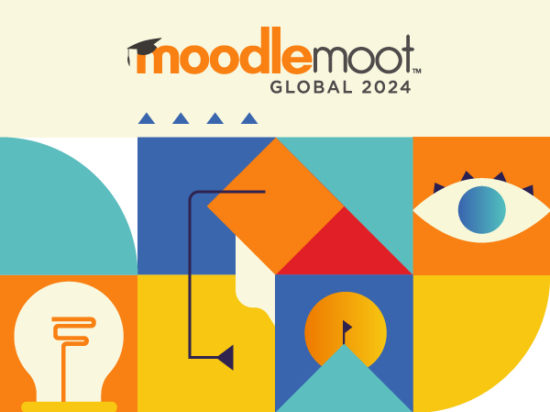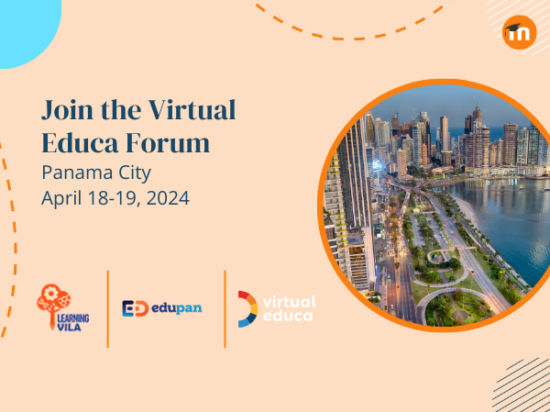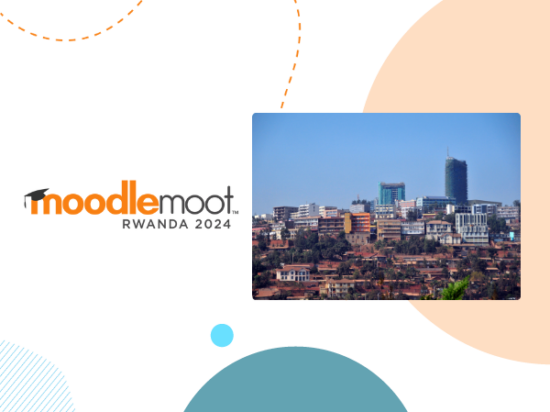Many of us are familiar with the well known orange beacon logo of World Vision globally and the many good works that this organisation does to engage us to work towards eliminating poverty and its causes.
For those who are not as familiar, World Vision is a global Christian humanitarian, development, and advocacy organisation that provides short and long term assistance to 100 million (and counting) people worldwide. Their focus is the well-being of the most vulnerable children.
Their work can be seen in the nearly 100 countries where their 45,000 staff members are based and they are one of the forefront agencies we have come to know as providers of emergency relief, voices of justice, fighters of poverty and advocates for equality.
You might remember our case study from some time ago on World Vision’s Social Entrepreneurship & Economic Development (SEED) project. This project aimed to facilitate public-private partnerships to assist people living in poverty in creating business ventures that would provide income and assets to support their families.
World Vision used innovations in education technology to empower 75 of their staff in 15 countries to teach 35,000 smallholder farmers business skills and support them throughout their business ventures.
Moodle was the e-learning platform used for the SEED project.
Recently, staff at World Vision told us of another project – the Syria Crisis Response – that uses a blended learning format delivered within a Moodle (eCampus). This initiative trains staff working with children from countries affected by the Syria Crisis: Turkey, Jordan, Kurdish Region of Iraq (KRI) and Lebanon.
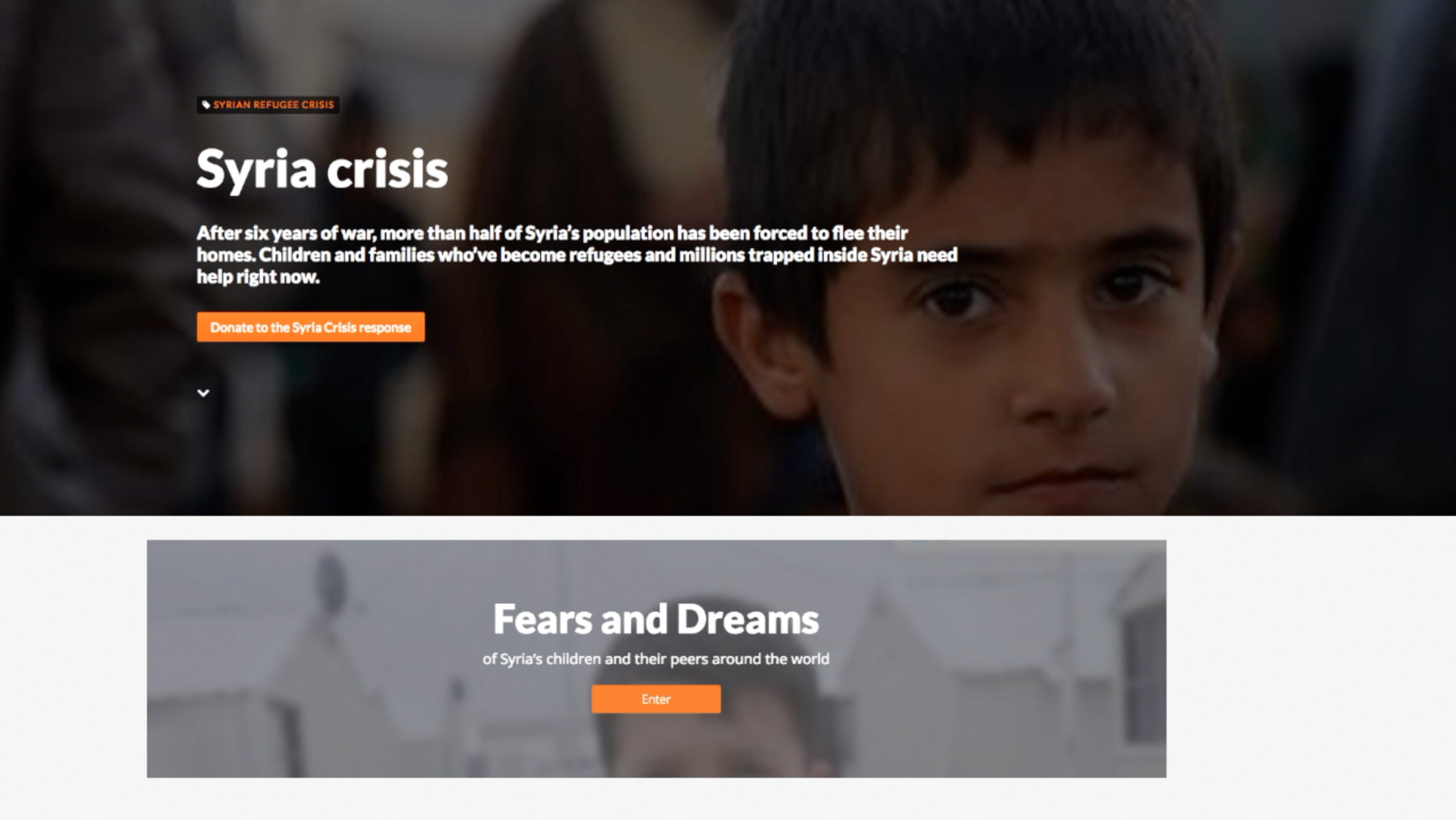
Dilshan Annaraj, Associate Director, Peacebuilding Programming for World Vision International, told us more about this blended learning approach.
Moodle HQ: Dilshan, thank you very much for taking the time out of your busy schedule to talk to us today about World Vision’s work for the Syria Response Crisis.
To give us all a bit of context are you able to provide a background on this project – its objectives, what is involved, what stage is it at?
Dilshan: The Syria Crisis has now been raging for six long years. More than six million people have been forced from their homes within Syria, fleeing Aleppo and other centres of conflict and pouring into new areas which are already troubled and insecure. Nearly five million people have managed to escape Syria – but are now facing challenges no child should ever endure, missing school, working as child labourers and girls vulnerable to early marriage.
A generation of children is at risk of being lost to the impact of this conflict. World Vision’s staff and partners are on the front lines of this crisis working in Syria, Lebanon, Jordan, Turkey and Iraq to bring aid and hope to children, families and communities.
Last year, our Syria Response supported almost 2.3 million people – half of them children – through education, child protection including Child Friendly Spaces, food and cash assistance, water, sanitation, health and winter supplies.
While trying to do all these great things for the communities, the response office acknowledges the fact the all these efforts/aid become part of the context of conflict and could damage the communities if wrong decisions are made! Therefore they continuously strive to build the capacity of their staff to deliver an effective and efficient programme. One of the key competencies expected from every single staff (from the leadership to the front line implementers and partners) attached to the response is that they evaluate every single decision made (against the contextual realities) to “minimize harm”.
Based on a request received from the senior leadership of the response, the Global Peacebuilding department designed a blended “Integrating Peacebuilding and Conflict Sensitivity” training program. Our objective with this project is to enhance our staff capacity to integrate a conflict sensitivity and peace lens into their daily work. We designed the project during a Blended Learning training and implemented it for the first time with staff from the multi-country Syria response (Lebanon, Turkey, KRI and Jordan)
Based on the lessons, the design has been revised and piloted at a smaller scale in Afghanistan and Turkey. The revised version will be implemented in the East African Region (multi-country) next year.
Moodle HQ: Training staff from countries affected by the Crisis – Turkey, Jordan, KRI and Lebanon – to be prepared for the work ahead and then supported throughout the process was, and is, obviously a big task.
Can you tell us why the blended learning approach was chosen to facilitate the training and what so far has been the response / result?
Dilshan: Travelling for a training workshop is a significant investment in our staff, so we wanted to make sure those selected for this blended learning process got to know each other and their facilitators/mentors well in advance.
Many of our staff in Turkey, Jordan, Iraq and Lebanon had yet to be trained in all the required skills so it was important to: assess their skills, agree to a learning commitment, and ensure that they practice what they learn.
A 10-week online process helped us get all the participants on the same page and equipped them with the prerequisites for the face-to-face workshop. During this phase we needed innovative ways of learning rather than passive content absorption. Webinars, group discussions, and field practices helped both in-country and multi-country staff get more engaged in the content.
Ensuring that our activities promote peace requires us to be consistent on how the multi-country staff approach the Syrian context and the people from that context. A compelling online learning environment helped us bring staff who respond to the same crisis from different countries understand the regional contextual dynamics and take on a broader perspective. Normally our training requires a 10 day Field Assessment Training but for cost and time reasons we needed to find a faster way to transfer all the needed knowledge.
Moodle HQ: What’s the next steps in regards to using the latest innovations in technology and blended learning to progress the next stages of the project?
Dilshan: Now that we have field-tested this approach, we’ll be standardizing our course for all frontline staff in humanitarian contexts to integrate Conflict Sensitivity and Peacebuilding in programming and day to day operations. We have another similar course available in Spanish, French, and Arabic, so our next challenges are: translate this course to reach the right staff, build up our pool of mentors, and create a training of trainers (ToT) course.
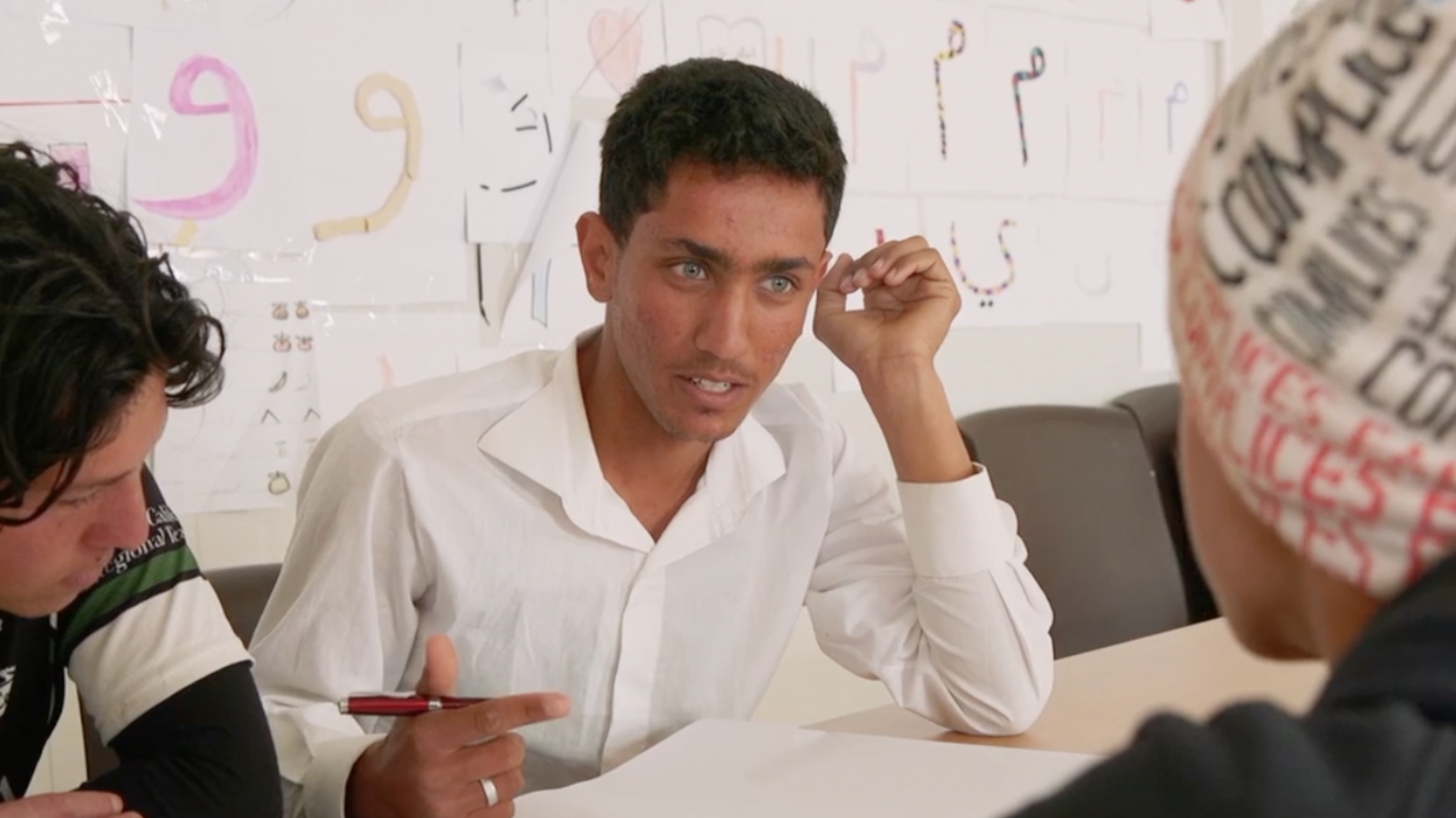
Moodle HQ: Lastly, for those who want to find out more about the Syria Crisis Response or assist in some capacity, where should they look and how can they be involved?
Dilshan: To learn more about the full Syria crisis response, you can find World Vision International materials at: www.wvi.org/syria-crisis (You can also see World Vision Australia’s Syria response page)
Unfortunately we cannot yet share this particular blended learning (IPACS for Emergencies) we’ve talked about today but we do have an online “Do No Harm” course that is a very brief taste of the material, and one of the prerequisites for the course I have described. Anyone can access that material at: www.wvecampus.com/articulate/ipacs/
To learn more about WV’s approaches for Conflict Sensitivity and Peacebuilding in Development and Emergency response www.wvi.org/peacebuilding.
Thank you Dilshan for taking the time to talk to us about one of World Vision’s many great projects.
We at Moodle HQ are so pleased that our open source learning platform can play a part in empowering and assisting the organisation in its mission and work to make a positive, more just and equal difference in our world.
Find out more about World Vision at www.worldvision.com

